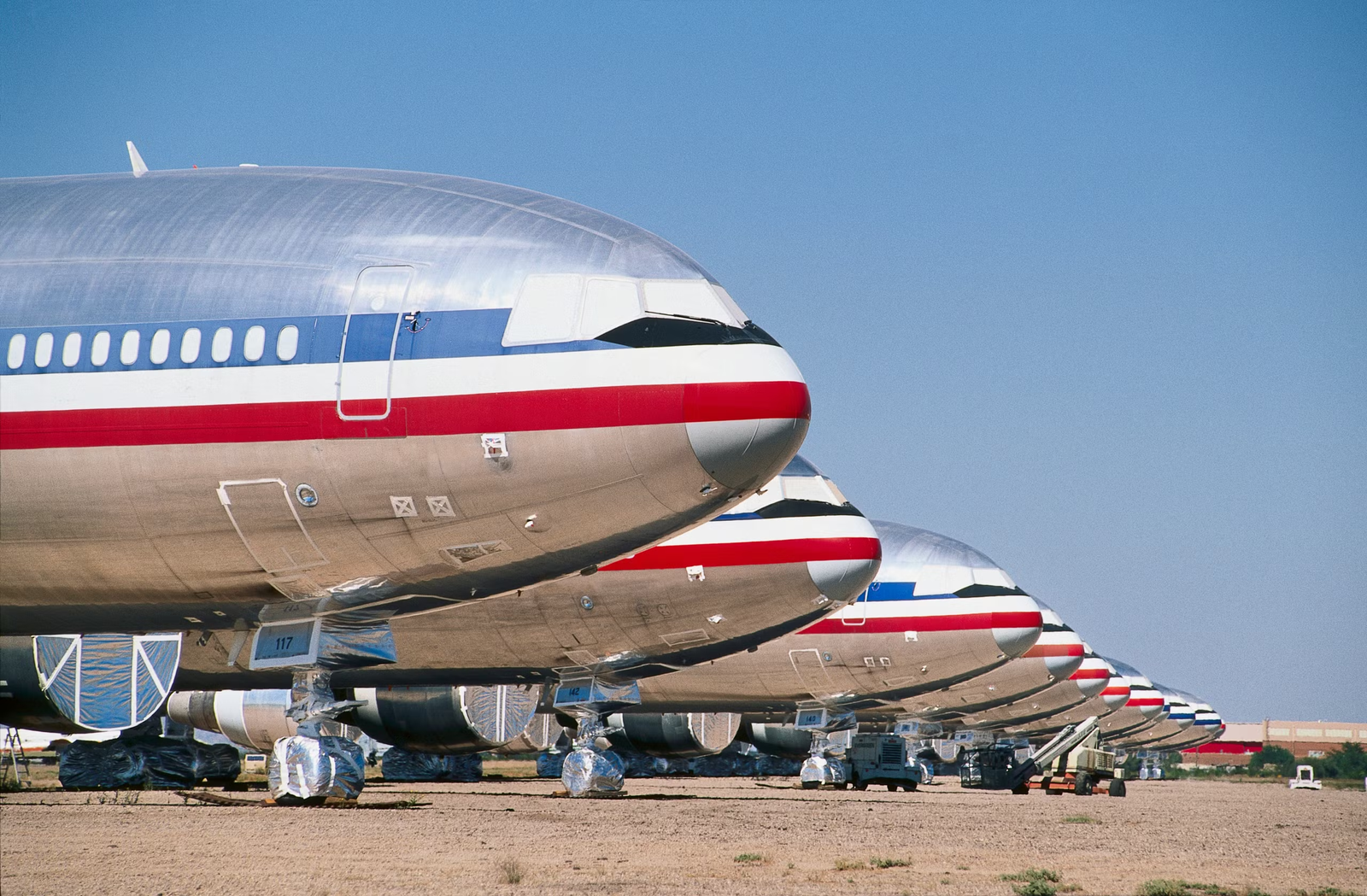
When the McDonnell Douglas DC-10 made its debut in 1970, it was more than just a transport of passengers—it was the hope for an airline community eager for something different. Carriers at that time were looking for a widebody jet with the ability to travel extensively but still be able to land at smaller airports. Douglas Aircraft, newly formed from a merger with McDonnell, assured that it would provide.

The initial idea was audacious—a double-deck aircraft—but pragmatism prevailed. The actual design was a three-engine, widebody plane holding close to 400 passengers. Placed between the giant Boeing 747 and smaller long-distance jets, the DC-10 appeared to have the advantages of both.

American, United, and other airlines quickly ordered it, attracted by its large cabin, sophisticated avionics, and quieter engines than previous jets. The tri-jet configuration also accommodated the long-distance flight regulations of the time.

But the marriage was short-lived. In a matter of a few years, the DC-10 was involved in a series of headline-grabbing accidents. Its cargo door turned into controversy after two events just 28 months apart. In 1972, American Airlines Flight 96 experienced explosive decompression when the door lost its integrity in flight—fortunately, the crew was able to land safely.

Turkish Airlines Flight 981 had the same issue with tragic consequences in 1974: the plane disintegrated in mid-air, killing everyone on board, 346 people in total. The investigations revealed design defects, leading to emergency repairs and additional safety standards across the industry.

The most devastating was on May 25, 1979. American Airlines Flight 191, leaving Chicago O’Hare, suffered a loss of its left engine upon takeoff. The break severed hydraulic lines, making the plane uncontrollable.

All 273 on board were killed in what was still the worst crash in U.S. aviation history. The FAA grounded all DC-10s in the nation for more than a month. Even though the jet went back into service, its image never recovered.

But the DC-10 would not quietly disappear from history. The U.S. Air Force recognized potential in the airframe and rewrote it as the KC-10 Extender, an aerial refueling tanker that also carried troops and cargo. Entering service in 1981, the KC-10 was a cornerstone of America’s global influence. It could refuel everything from sleek fighters to massive bombers and do it while flying across oceans.

From the Gulf War to NATO’s air campaign over Kosovo, from post-9/11 operations to humanitarian relief flights, KC-10s kept missions alive by delivering fuel and supplies where they were needed most. For four decades, they served as the quiet workhorses of U.S. air power.

Now, their hour is at hand. Bases such as Travis Air Force Base have held going-away ceremonies, as crews, veterans, and families came to witness these giants make their last flights. In the words of General John Lamontagne, the KC-10’s story is truly the story of those who flew it, kept it going, and operated it in some of the most unforgiving environments possible.

From an inauspicious beginning in the commercial market to a storied career in military service, the DC-10’s life is one of staying power. Its initial shortcomings reconfigured aviation safety, and its second act, as the KC-1.0, demonstrated that even an airliner with a checkered history could be a vital workhorse for decades. The passenger flights have ceased, but the DC-10s and the crews’ legacy continue to fly.
